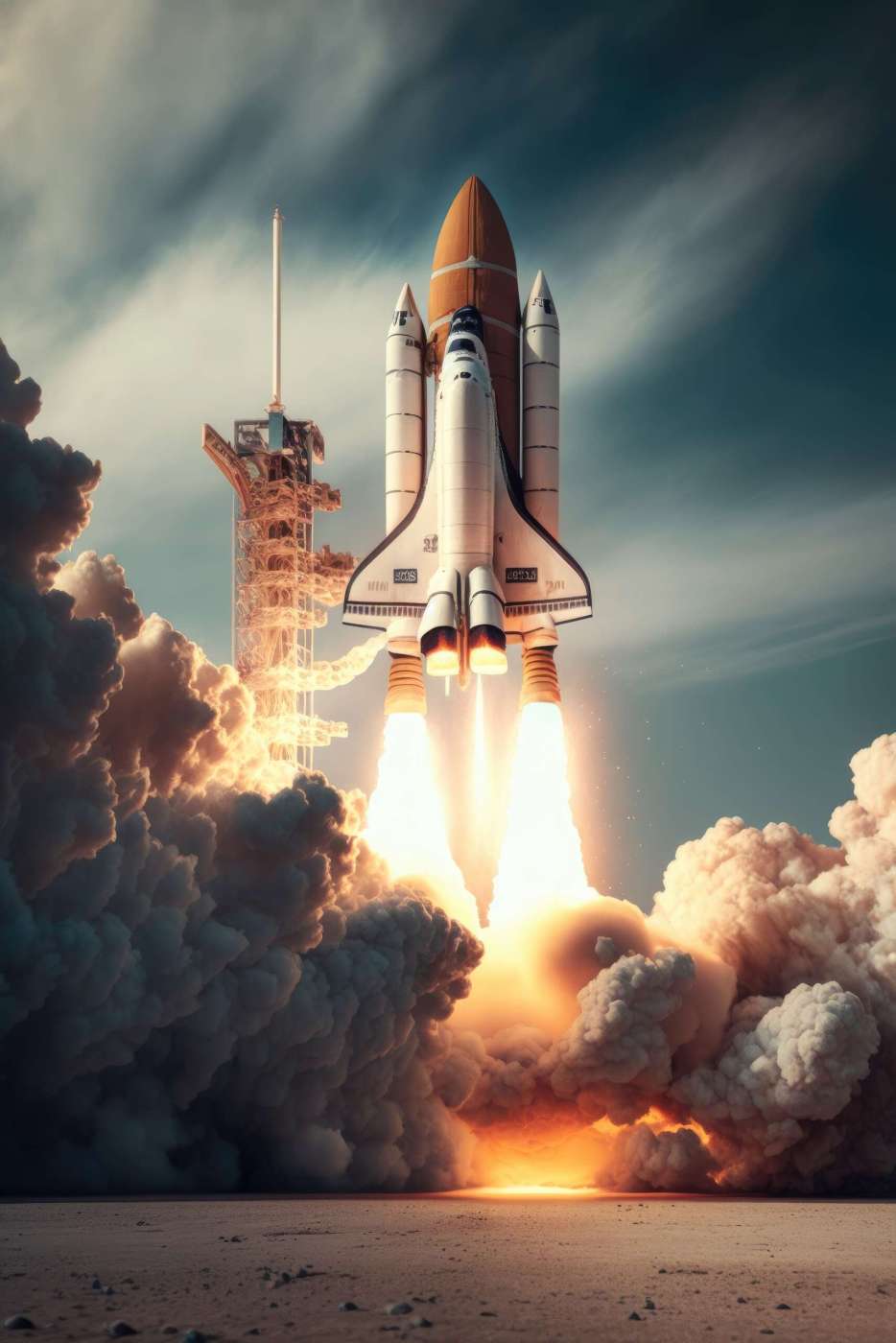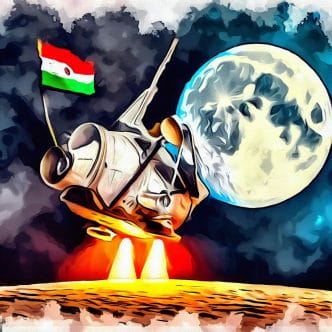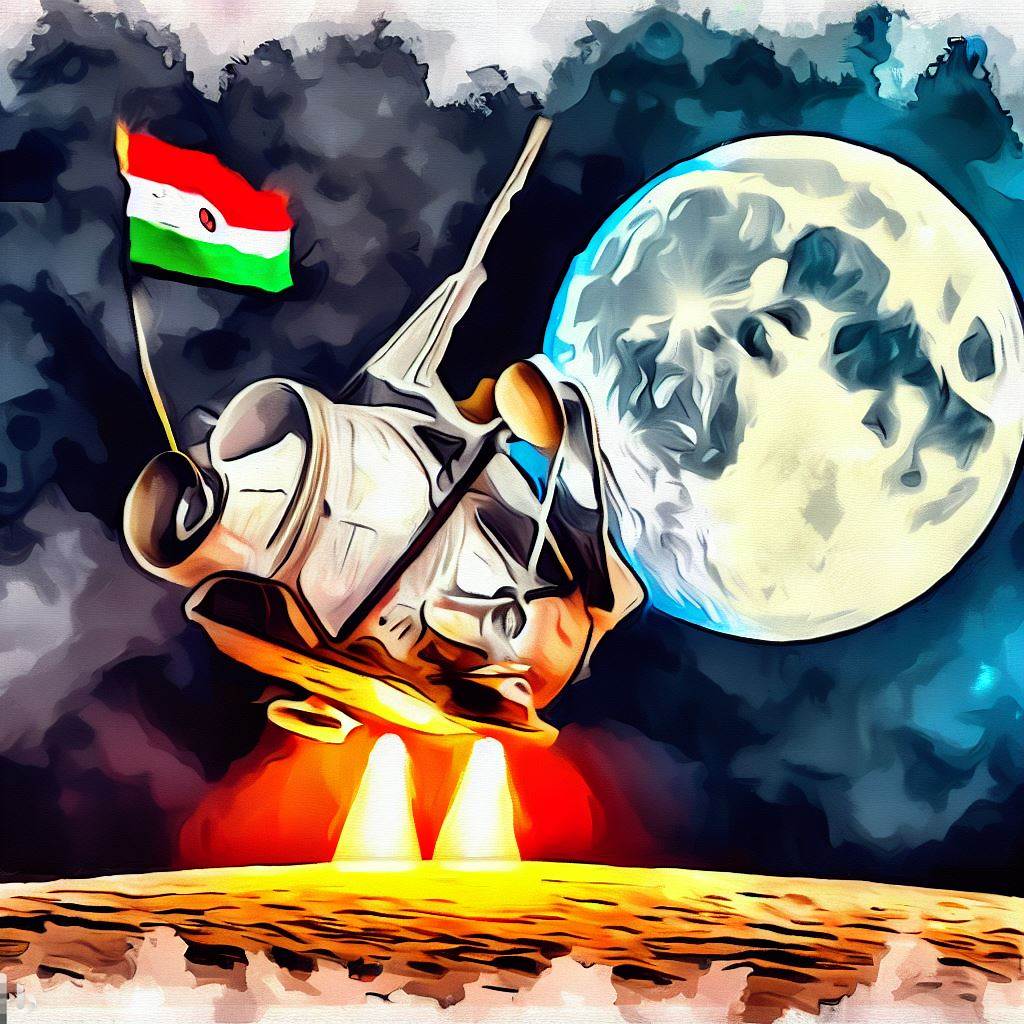India’s journey into the great cosmic sea took an ambitious leap forward with the launch of Chandrayaan-3, a significant undertaking by the Indian Space Research Organisation (ISRO) aimed at landing a rover on the Moon’s challenging South Pole region. This highly anticipated expedition has brought a wave of excitement across the globe, considering it would be the first successful mission to land in this part of the lunar surface—a region promising in its potential for revealing hidden secrets about the Earth’s closest celestial neighbor and our own planet’s history. Notably, India’s achievement with Chandrayaan-3 becomes even more commendable when we remember the hurdles faced by other space missions.
Just days before Chandrayaan-3’s triumphant moment, the global community watched as Russia’s Luna-25 spacecraft spun out of control and tragically crashed into the Moon. This unfortunate incident shed light on the intrinsic challenges of landing in the South Pole region, described by experts as “very uneven” and “full of craters and boulders”. Moreover, India itself had faced heartbreak in this endeavor before. The nation’s second lunar mission, attempting a soft-landing in the same area in 2019, met with a devastating outcome—its lander and rover were lost, though the orbiter persisted and continued to relay valuable data.
Against the backdrop of these setbacks, the Chandrayaan-3, launched on July 14, 2023 from the Satish Dhawan Space Centre in Sriharikota, has been meticulously carrying out its mission, with each step attracting a global audience. Viewed live by over 1.8 million people, the launch marked the start of a journey that encapsulated the hopes and dreams of 1.4 billion Indians and the international scientific community. This journey, an exemplification of India’s technological prowess, made a historical mark when Chandrayaan-3 successfully touched down on the Moon’s South Pole on August 23, 2023, at 5:47 PM IST. With this accomplishment, India has joined the elite league of nations — the United States, the former Soviet Union, and China — to have successfully landed on the lunar surface.

Image by svstudioart
Innovations and Insights: A Closer Look at the Chandrayaan-3 Mission
The Chandrayaan-3 mission stands out due to its innovative approach to tackling lunar exploration. The engineering marvel uses a new algorithm to estimate the spacecraft’s speed in real-time, ensuring safer landing and increasing the mission’s success rate. This feature, coupled with reinforced lander legs and an enlarged fuel tank, played a pivotal role in Chandrayaan-3’s successful touchdown and its subsequent maneuverability on the Moon’s surface.
This mission is not just an exploration adventure, but it also carries crucial scientific objectives. The South Pole of the moon, with the possibility of the presence of water ice, could unlock profound secrets about the early solar system and Earth’s history. This location has drawn the attention of space agencies and private space firms globally, which envision it as a potential site for future space stations. Chandrayaan-3’s successful landing has indeed catalyzed a new era in space exploration and habitation.
Now, having completed its fifth orbit-raising maneuver and subsequent milestones, Chandrayaan-3 has made its mark on the moon, signifying an exciting milestone not just for ISRO and India, but for humanity’s broader pursuit of understanding our cosmos.
This success belongs to all of humanity and it will help moon missions by other countries in the future. I’m confident that all countries in the world, including those from the global south, are capable of achieving such feats. We can all aspire to the moon and beyond.
—Prime Minister Narendra Modi
Snapshot: A Timeline of Chandrayaan-3’s Stellar Journey
The Next Frontier: Anticipating What Lies Ahead
The Pragyan rover on the mission also deserves special mention. Packed with advanced AI technology, this rover is equipped to communicate with the Vikram lander and perform various operations independently. The rover is designed to identify traces of water and different minerals on the lunar surface, promising to bring home valuable data and images for further research and analysis.
As the world celebrates the successful landing, the Chandrayaan-3 journey offers an exciting opportunity to appreciate how far humanity has come in exploring the cosmos and underscores the potential of what we have achieved. The excitement surrounding the Chandrayaan-3 journey is not merely about a mission to the Moon; it is about human ambition, perseverance, and our relentless pursuit of knowledge. India’s investment in this mission also signals a renewed commitment to space exploration, which is commendable and inspiring. The budget for Chandrayaan-3, set at a relatively modest Rs 615 crore, reflects the efficiency and ingenuity of ISRO’s scientists, further showcasing the potential of cost-effective and efficient space exploration.
Termed by ISRO Chief Somanath as “15 minutes of terror,” the landing has now revolutionized our understanding of the lunar surface. Whether you’re an astrophysicist, a student, or simply a curious observer, the Chandrayaan-3 mission has delivered thrilling moments and is poised for more critical discoveries. Here’s to the indomitable human spirit that continually seeks to push the boundaries of the known universe and make history, one rocket at a time!
____________
Written by: Ateendriya















